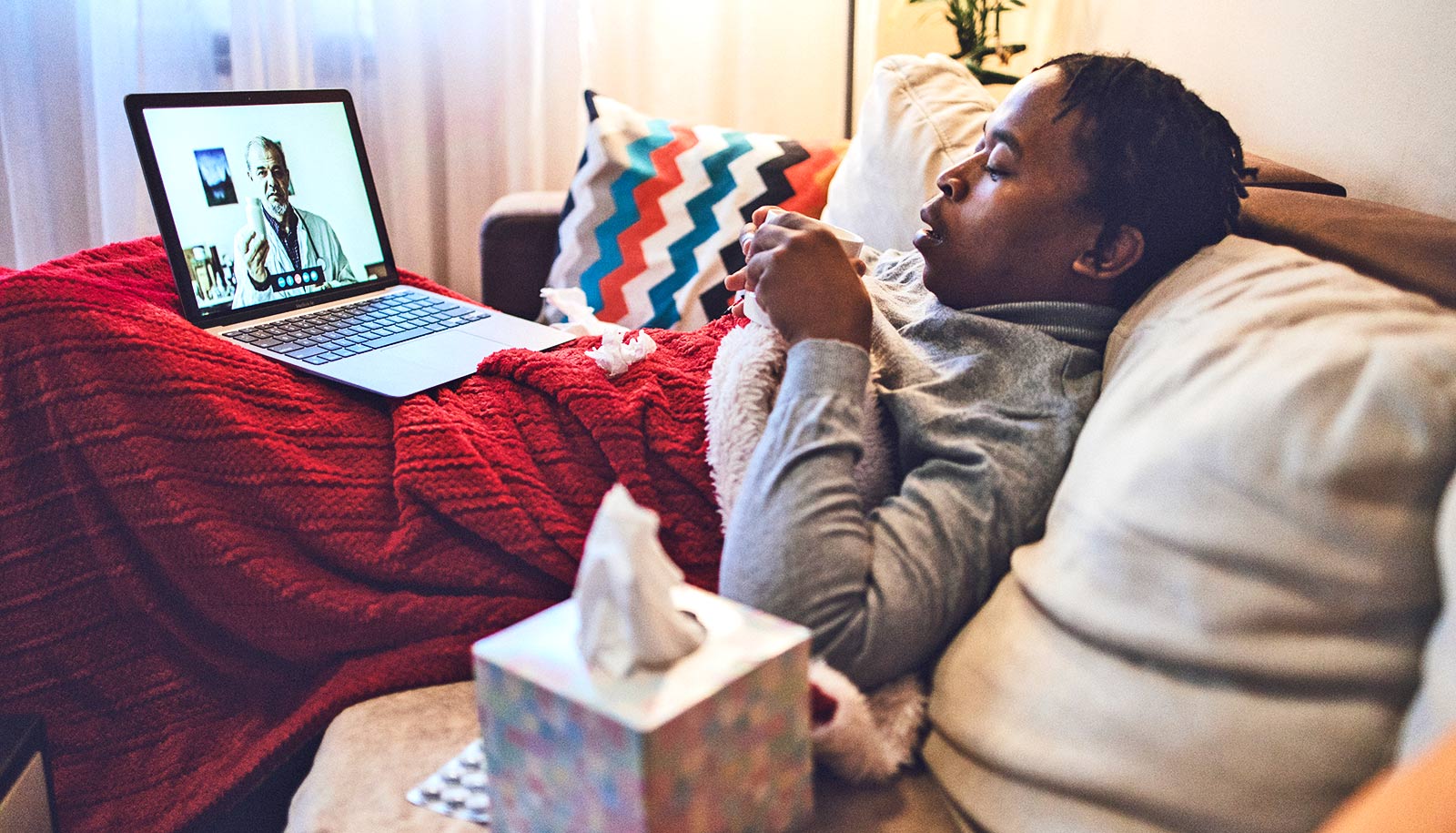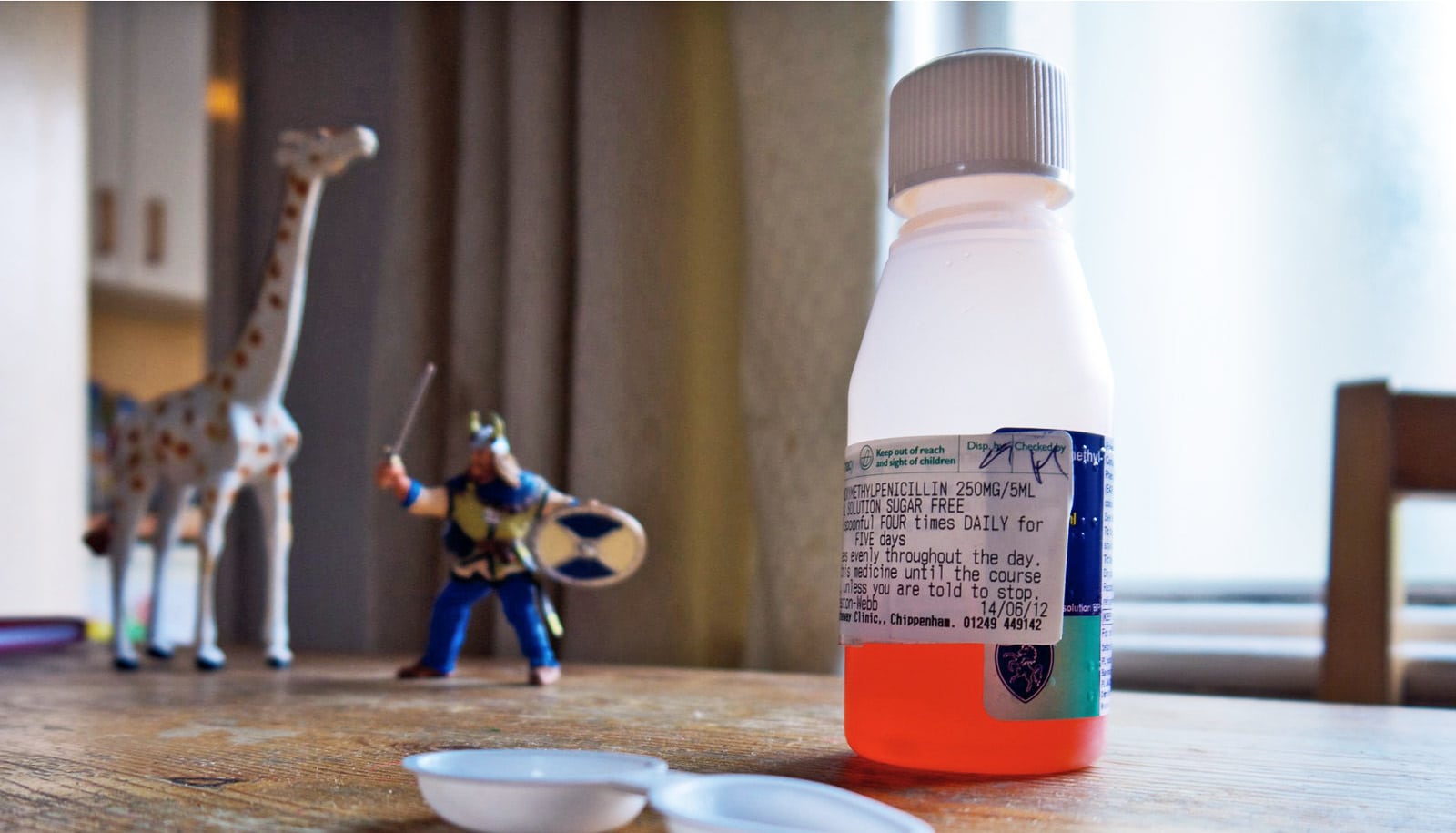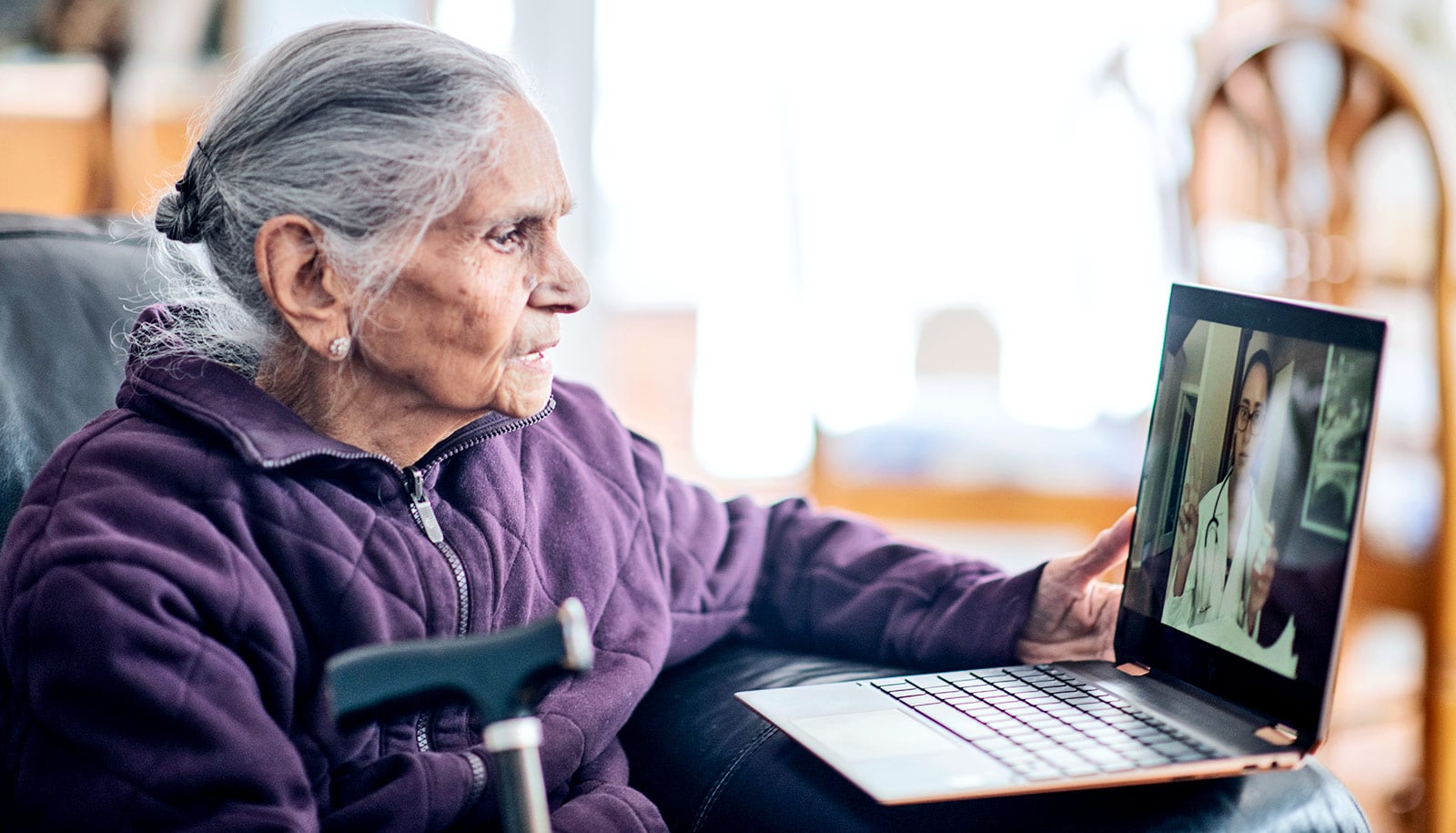Common concerns about telemedicine don’t hold up to scrutiny, according to a new study that highlights telemedicine’s effectiveness.
The paper is one of two studies on telemedicine published in NEJM Catalyst. The second study demonstrates the success of an effort to provide mental health services to nursing homes via a hybrid model that includes telemedicine.
“For patients, the message is clear and reassuring: Telemedicine is an effective and efficient way of receiving many kinds of health care,” says Kathleen Fear, lead author of the first paper and and director of data and analytics at the University of Rorchester Health Lab.
“Especially for those with transportation challenges, it is a service that really fills a gap—and vitally, it does not compromise the quality of the care that patients receive.”
For the first study, Fear and colleagues used data generated in part by the COVID pandemic, when health care providers across the nation rapidly expanded their telemedicine services, to examine three specific concerns about telemedicine:
- That it will reduce access to care for the most vulnerable patients who may be unable to access digital services.
- That reimbursing providers for telemedicine services at the same rate as traditional services will encourage telemedicine overuse.
- That telemedicine is not an effective way to provide care.
“We really dug into the data, and it disproved all three concerns, which is really quite exciting,” Fear says. “Not only did our most vulnerable patients not get left behind—they were among those engaging the most with, and benefitting the most from, telemedicine services.
“We did not see worse outcomes or increased costs, or patients needing an increased amount of in-person follow up. Nor did we find evidence of overuse. This is good care, and it is equitable care for vulnerable populations.”
The paper marks the first time anyone has published comprehensive data refuting the three myths, whose persistence has limited the adoption of telemedicine nationwide, says senior author Michael Hasselberg, chief digital health officer at the University of Rochester Medical Center.
The researchers compared data from July to December of 2020, a period of relative normalcy after the pandemic’s first surge, to pre-pandemic data from July to December of 2019, using data from January to June 2021 as a follow-up period. Their analysis encompassed a review of patient demographics, outcomes, provider use, visits completed, and more.
“For our providers, a major concern about telemedicine has always been, ‘What might I miss if I can’t sit in the room with the patient?'” Fear says.
“But we simply didn’t find any increase in negative outcomes. This doesn’t mean telemedicine will replace in-person care, but it’s clear that it can help people access care more consistently and comfortably and that it provides a highly effective complement to traditional care.”
The second study looked at a program University of Rochester Medical Center physicians developed to bring psychiatric and psychotherapeutic resources to nursing home patients through a combination of telehealth, on-site visits, and staff education. The program improved access to care and reduced the number of residents requiring anti-psychotic medication, the researchers say.
“With a small team that we assembled here at URMC, we’ve been able to have a huge reach, extending care to patients in parts of the state where high-quality mental health services are scarce at best,” says lead author Adam Simning, assistant professor of psychiatry.
“At a time when nursing homes nationwide are severely understaffed, and the need for mental health services among their residents is increasing, we’ve efficiently redesigned the way mental health services are provided to the more than 50 nursing homes we work with.”
Hasselberg, who was also a senior author of the nursing home study, believes both papers will resonate in the medical community, encouraging payors and policymakers to continue and expand pandemic-era policies that make the growth of telemedicine services possible.
Source: University of Rochester



